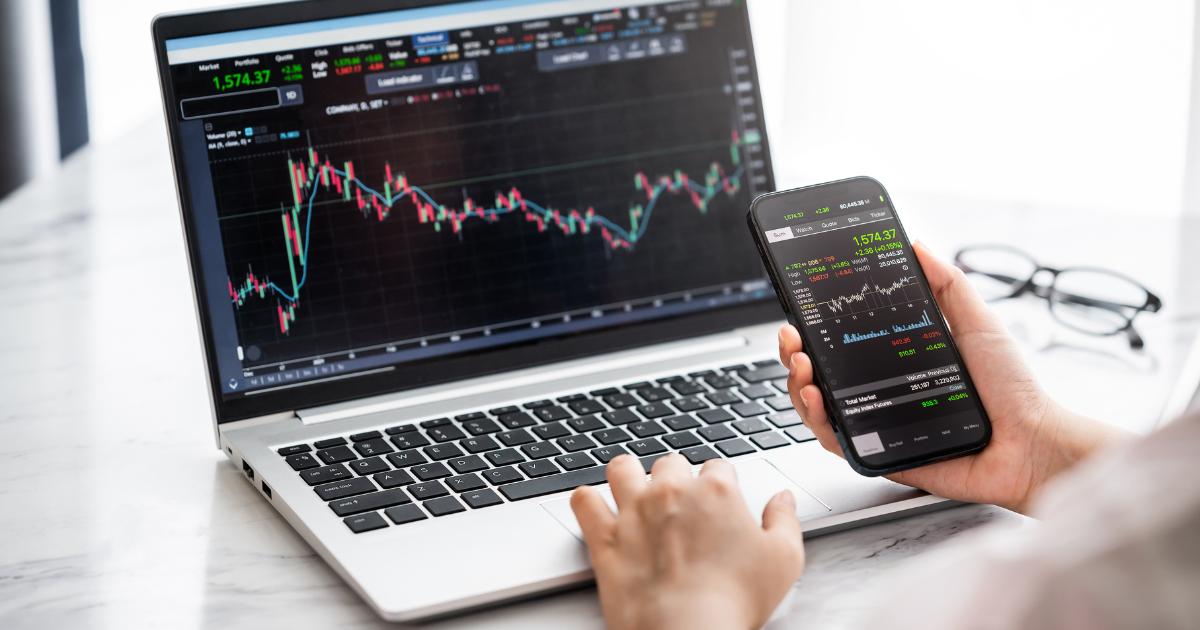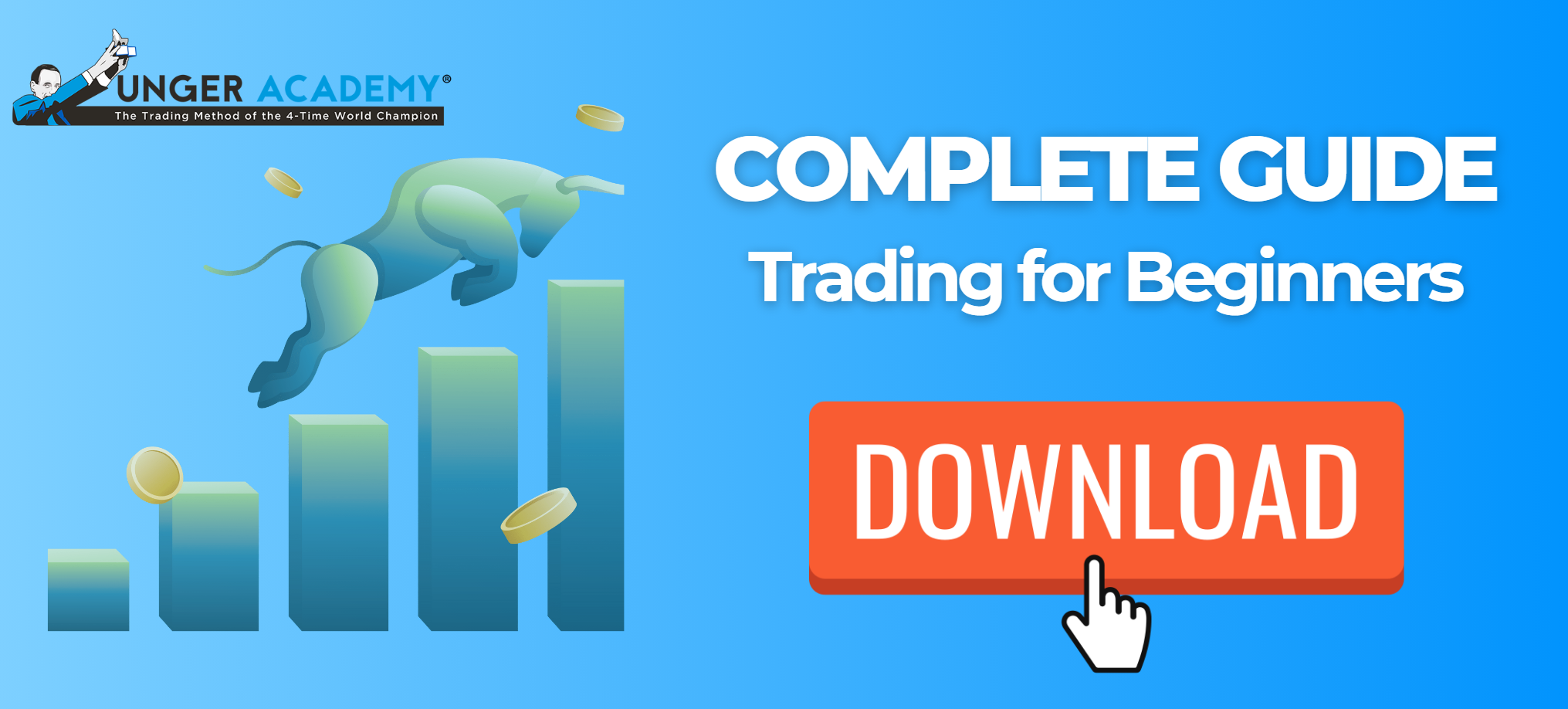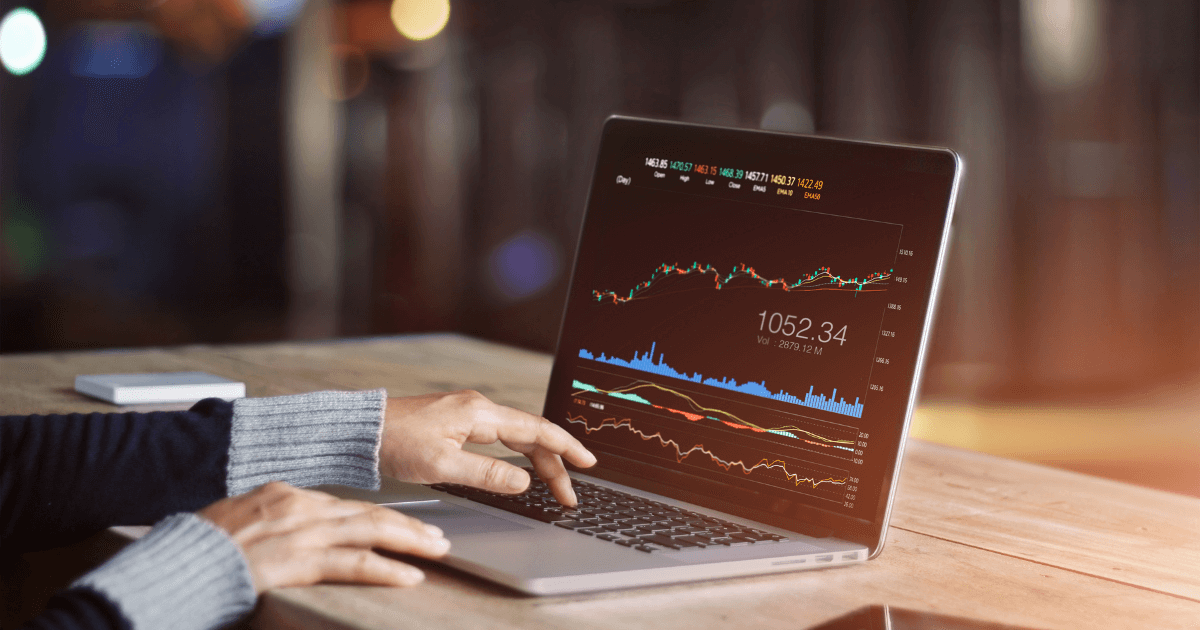Online trading is becoming increasingly popular, offering the potential to profit from price fluctuations across global markets. But before diving in, it’s essential to understand the core principles that form the foundation of successful trading.
There’s no such thing as “the best market” for everyone—your ideal choice depends on your strategy, time horizon, and risk tolerance.
That’s why we’ve created this guide to help you understand the most important trading concepts if you’re starting from zero. Each section will give you clarity and direction so you can approach trading the right way—just like the pros.
What Are the Basic Trading Concepts to Know?
What are the fundamental elements that support informed and effective trading?
Let’s explore the essentials—from how financial markets operate to managing risk—so you can start building your skills as a trader.
What Are Financial Markets?
Financial markets are platforms—either physical or digital—where financial instruments such as stocks, commodities, currencies, cryptocurrencies, and derivatives are exchanged.
These markets are essential to the global economy, helping businesses raise capital and providing traders with opportunities to profit from price movements.
Types of Financial Markets
There’s a wide range of financial markets, each with unique dynamics. Here are the most commonly traded ones:
-
Forex (Foreign Exchange) – Trade currency pairs like EUR/USD or GBP/USD.
-
Stocks – Shares of ownership in companies traded on exchanges like the NYSE.
-
Cryptocurrencies – Decentralized digital assets such as Bitcoin and Ethereum, traded on crypto exchanges.
-
Commodities – Physical goods like gold traded on commodity markets.
-
Bonds – Debt instruments issued by governments or companies to raise funds.
What Are Derivatives and How Do They Work?
Derivatives are complex financial instruments whose value is tied to an underlying asset, such as a stock index or commodity.
Here are the most common types:
-
Futures – Contracts to buy or sell an asset at a set price on a future date.
-
Options – Contracts that grant the right (but not the obligation) to buy or sell an asset.
-
CFDs (Contracts for Difference) – Allow traders to speculate on price movements without owning the asset itself.
These instruments can offer great flexibility, but they also carry higher risk. If you’re new to trading, take the time to study how derivatives work before trading them live.
How Do You Make Money with Trading?
At the heart of trading lies the ability to generate profits from price fluctuations. But what are the main strategies that can turn market opportunities into real returns? Let’s explore the most common approaches:
-
Buying and Selling (Long and Short) – Buy low and sell high—or short-sell if you expect a price drop.
-
Leverage – Control larger positions with less capital, increasing both potential gains and risks.
-
Arbitrage – Exploit price differences between markets for a potential edge.
What Is Volatility and How Does It Work?
Volatility measures how much an asset’s price changes over a specific time period. Highly volatile markets see large price swings, while low-volatility markets tend to be more stable.
In trading, volatility can be both an opportunity and a risk. Skilled traders can capitalize on price swings, but excessive volatility can lead to rapid losses. If you plan to trade in volatile markets, make sure to analyze them carefully and apply proper risk management strategies.
In fact, risk management isn’t optional—it’s a built-in part of every sound trading strategy. It applies both to individual trades (with tools like stop-loss and take-profit) and to your overall portfolio (through drawdown analysis and risk aggregation).
Key Trading Terms You Need To Know
To truly understand the basics of trading, it’s important to become familiar with certain technical terms. Here are some of the most essential:
-
Bid and Ask: The bid is the highest price a buyer is willing to pay; the ask is the lowest price a seller is willing to accept.
-
Leverage: A tool that allows you to trade with more capital than you actually have. Leverage increases both potential profits and potential losses.
-
Liquidity: How easily an asset can be bought or sold without affecting its market price.
-
Margin: The capital required to keep leveraged positions open.
-
Order: An instruction to your broker to buy or sell an asset at a certain price.
-
Trend: The general direction of the market (uptrend, downtrend, or sideways).
-
Exposure: The total amount invested in a trade.
-
Drawdown: The maximum percentage loss from a peak to a trough in your trading capital.













